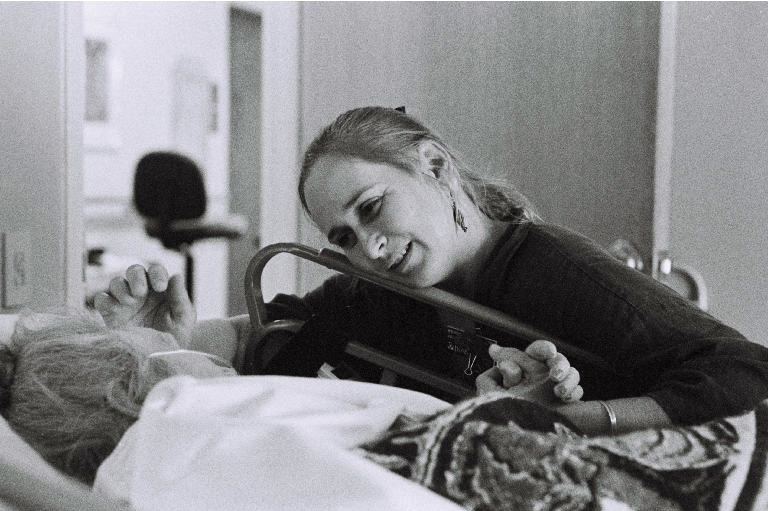I read recently that a private equity-backed hospice chain that formed in 2019 for $21 million is
seeking a buyer. This chain serves patients in Austin. Hospice care has become big business, and it’s commonplace for private equity firms looking for a quick profit to acquire and then sell hospice companies within a relatively short time period (3-5 years). In fact, the practice has become so frequent that the Centers for Medicare and Medicaid have prohibited the “flipping” of hospice licenses for three years after a purchase in Texas and three other states.
It made me wonder about the commitment of these companies to the patients and families under their care.
This is not to say all for-profit hospices are bad. They’re not. Their focus – their mission, if you will – is just slightly different: it’s to make money for their owners or investors.
Dr. Melissa Aldridge, author of the 2021 JAMA article entitled, Hospice Tax Ownership and Tax Status Matters for Patients and Families, states that it is difficult to identify a health care sector more detrimentally affected by the mismatch between profit maximization incentives and quality of care than hospice.
The Medicare Hospice Benefit reimburses hospices on a per diem rate, regardless of services actually provided, which can incentivize profit-maximizing behavior. Results from a study commisioned by the National Partnership for Hospice Innovation shows that overall, for-profit hospices place more focus on a higher profit margin than the nonprofit hospices (19.9 percent versus 3 percent).
Much empirical data now exists, according to Dr. Aldrich, that demonstrate a general difference in quality between nonprofit and for-profit hospices.
“For-profit compared with nonprofit hospices provide narrower ranges of services to patients, use less skilled clinical staff, care for patients with lower-skilled needs over longer enrollment periods, have higher rates of complaint allegations and deficiencies, and provide fewer community benefits, including training, research, and charity care,” she said.
Most people have no idea if a hospice is for-profit or nonprofit, or what that difference might mean. It’s important to ask questions when interviewing a hospice. Medicare has made it easier to compare quality ratings from hospice companies by creating a website called Care Compare.
Patients on Hospice Austin’s service don’t need to worry that their hospice is going to be sold out from under them. Hospice Austin was established in 1979 for the sole purpose of caring for the physical, emotional and spiritual needs of patients and their families at the end of life, and that remains our sole focus today. We are owned by the community, we are trusted by the community, and we have a sacred responsibility to serve the community. The patient always comes first.
Thank you for sharing our mission.

Herb Dyer
Chief Executive Officer





